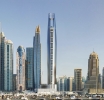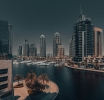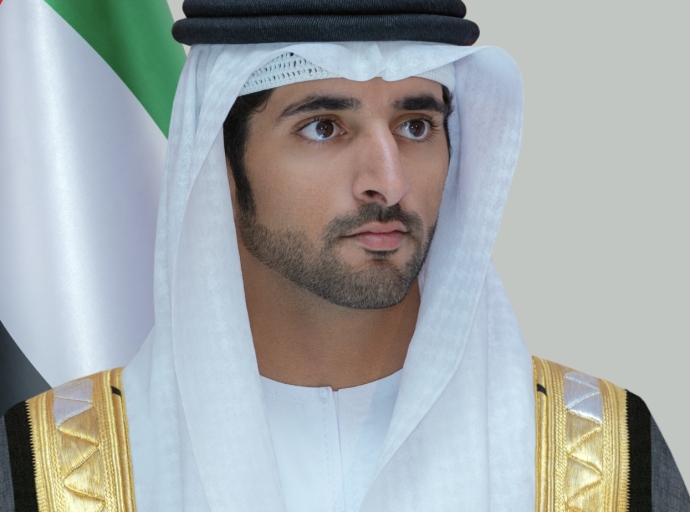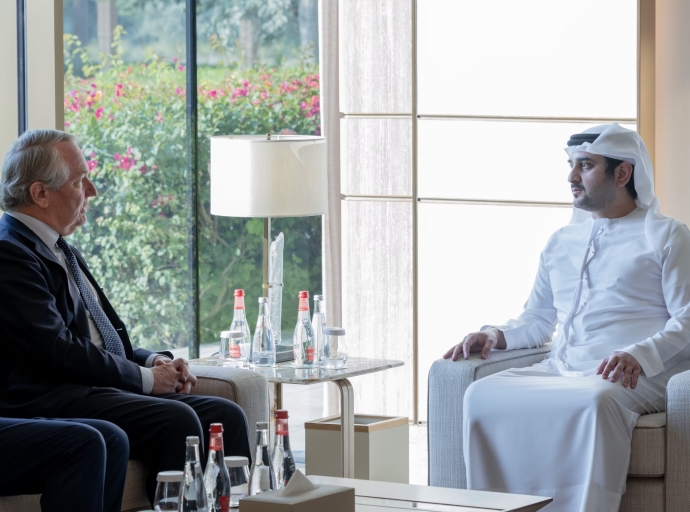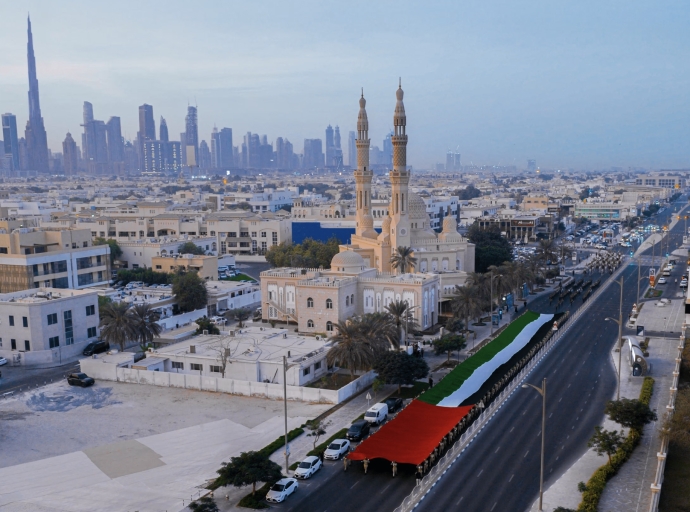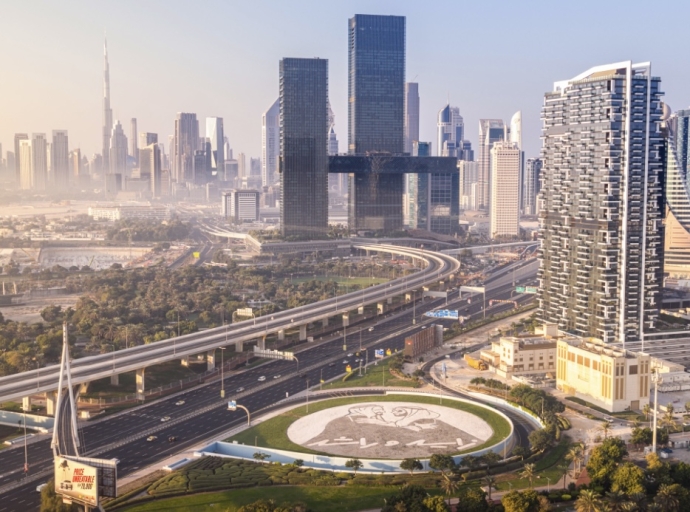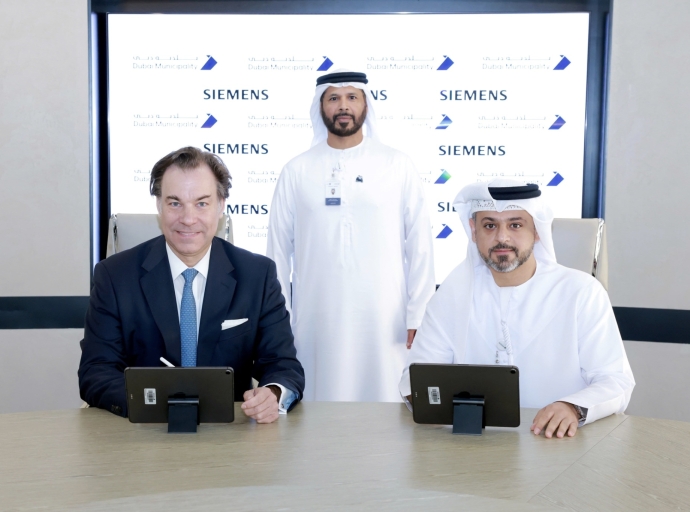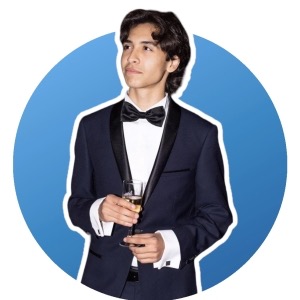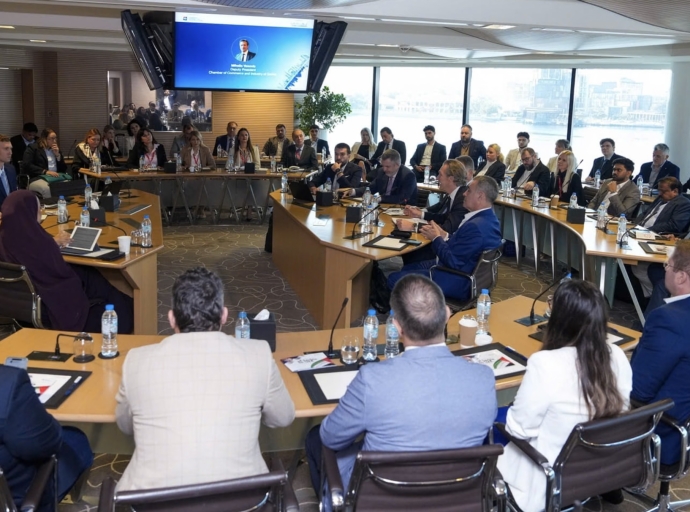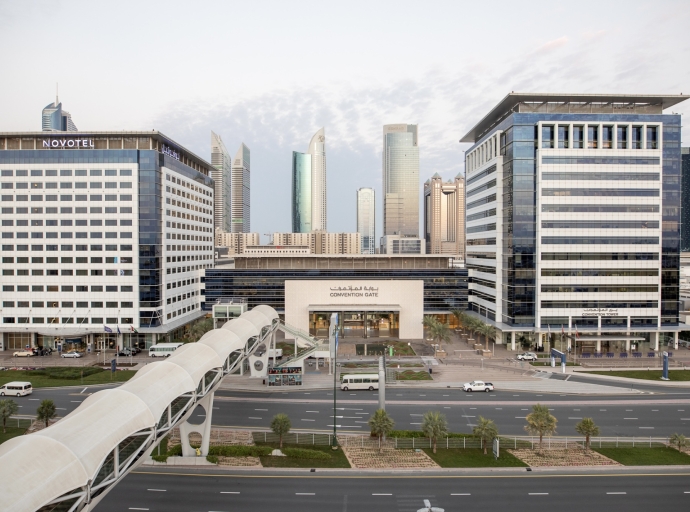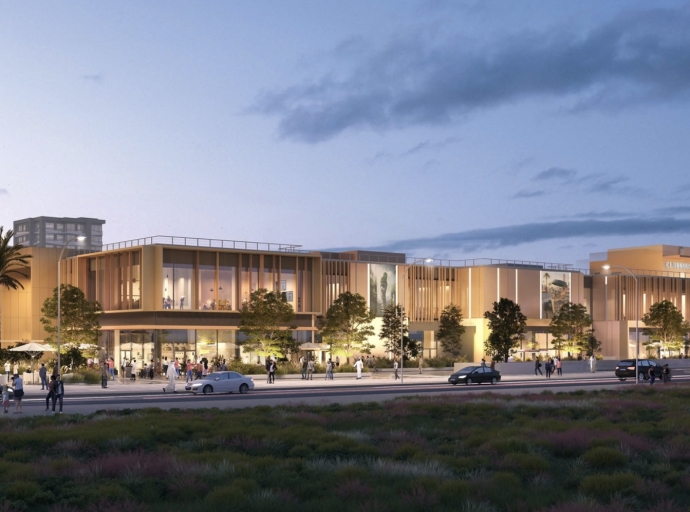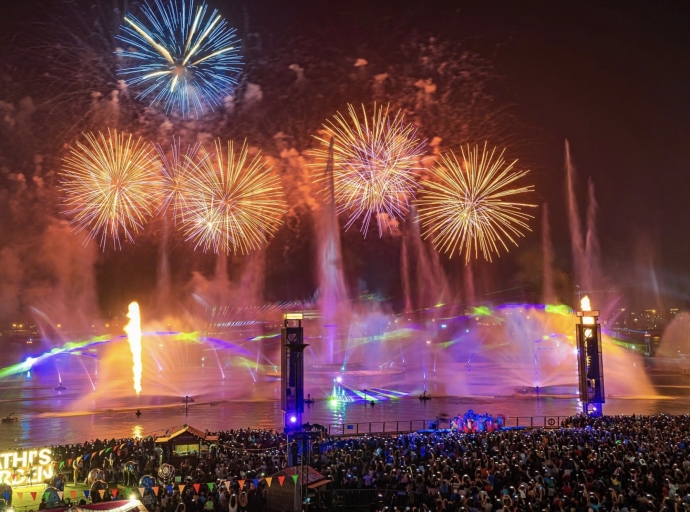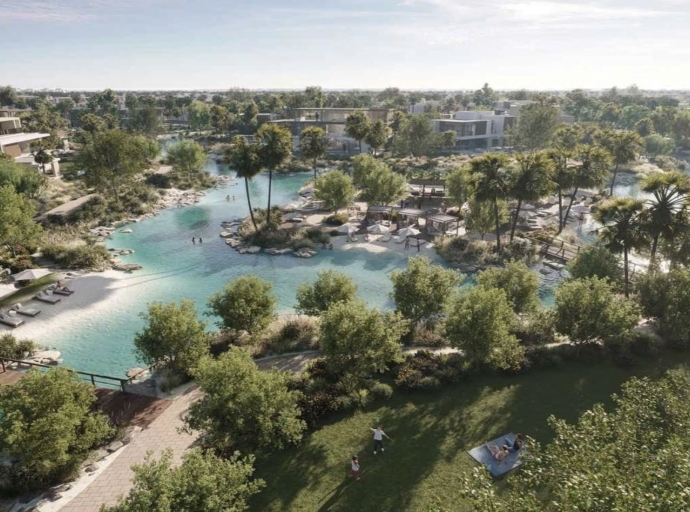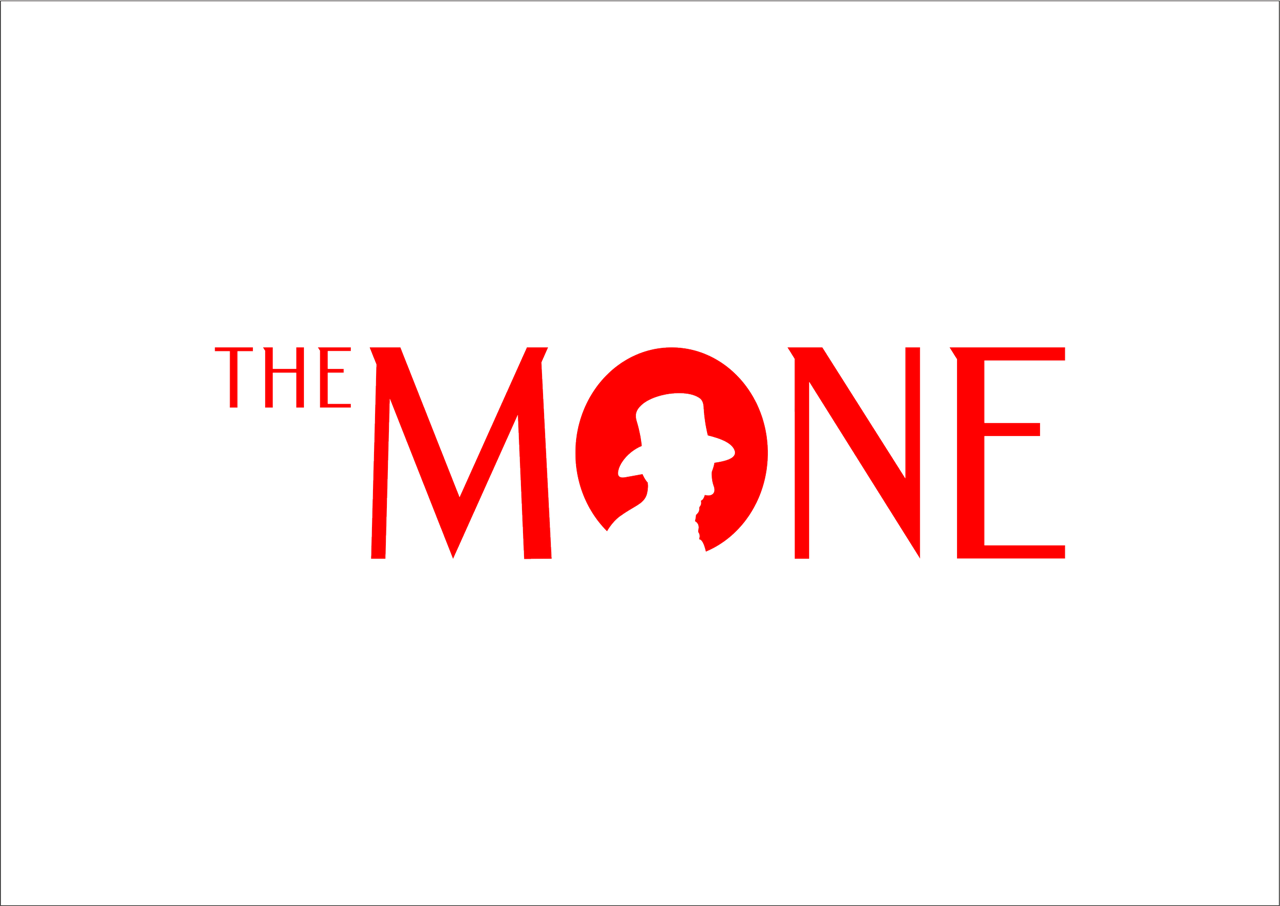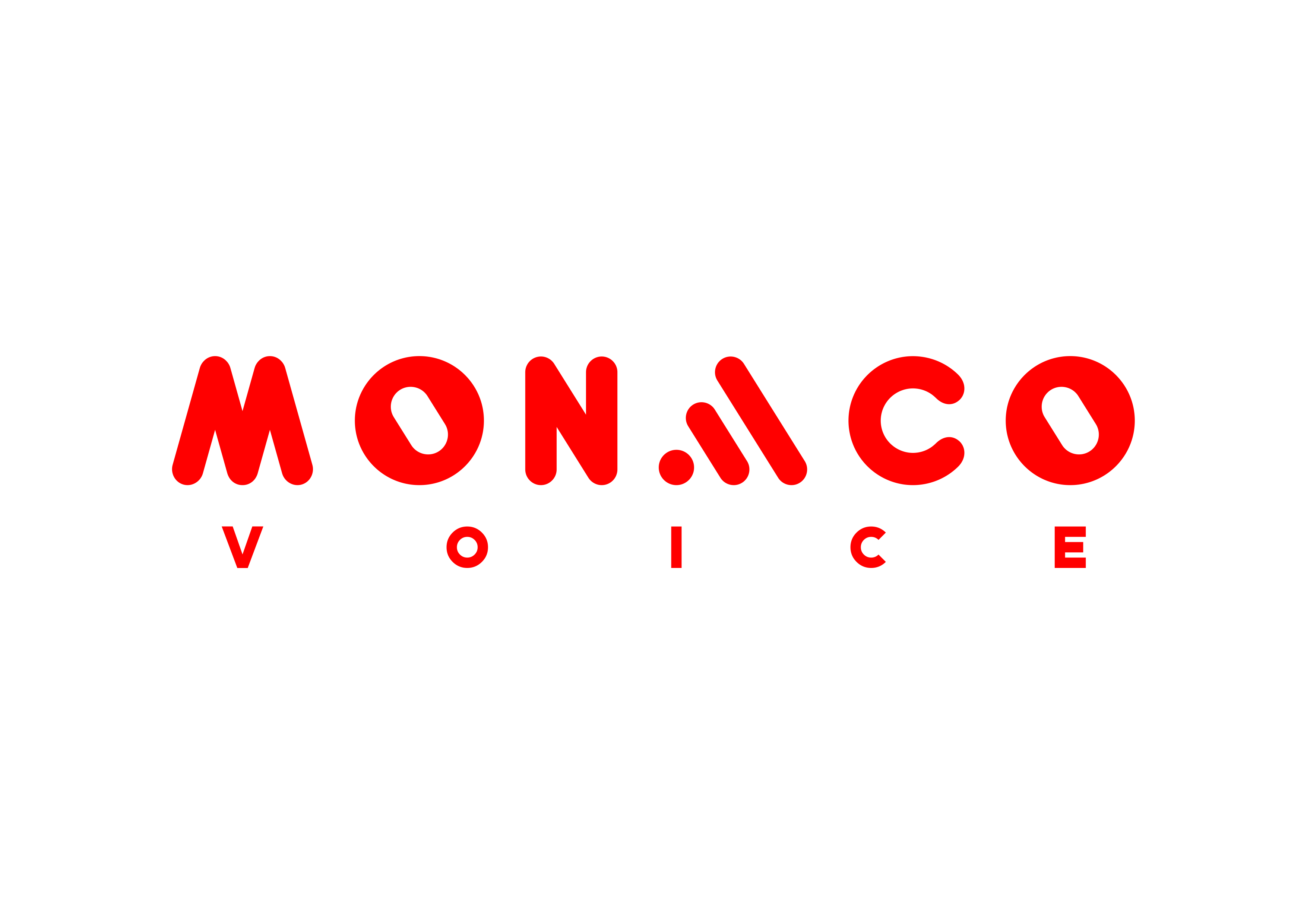His Highness Sheikh Hamdan bin Mohammed bin Rashid Al Maktoum, Crown Prince of Dubai, Deputy Prime Minister and Minister of Defence, said Commemoration Day serves as a national moment to recognize those who lost their lives defending the UAE and protecting its stability.
Sheikh Hamdan said the memory of the fallen remains a source of pride for the country and a reminder of the values they upheld. He noted that their sacrifices continue to shape future generations, reinforcing loyalty to the nation and its leadership. He emphasized that the martyrs, driven by conviction and a sense of duty, demonstrated exceptional commitment that helped define the UAE’s reputation as a nation that values security and justice.
He added that the principles established by the country’s founding leaders remain central to the UAE’s development under the leadership of President Sheikh Mohamed bin Zayed Al Nahyan and Vice President and Prime Minister Sheikh Mohammed bin Rashid Al Maktoum, along with the Supreme Council Members and Rulers of the Emirates.
Sheikh Hamdan paid tribute to the UAE Armed Forces, saying the nation’s strength is rooted in their discipline and the values on which the institution was built. He also acknowledged the families of the martyrs, noting that their resilience reflects the unity and continuity of the country.
He reaffirmed the Armed Forces’ ongoing responsibility to safeguard the nation and offered prayers for the martyrs and for the continued security of the UAE, its leaders and its people.
Photo credits: Government of Dubai Media Office


